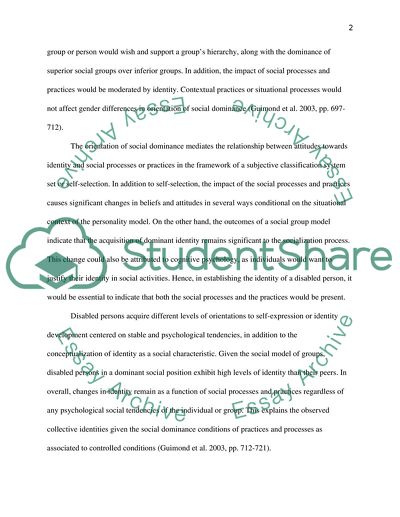Cite this document
(Socail processes and practices on identity development Coursework, n.d.)
Socail processes and practices on identity development Coursework. https://studentshare.org/sociology/1611961-socail-processes-and-practices-on-identity-development
Socail processes and practices on identity development Coursework. https://studentshare.org/sociology/1611961-socail-processes-and-practices-on-identity-development
(Socail Processes and Practices on Identity Development Coursework)
Socail Processes and Practices on Identity Development Coursework. https://studentshare.org/sociology/1611961-socail-processes-and-practices-on-identity-development.
Socail Processes and Practices on Identity Development Coursework. https://studentshare.org/sociology/1611961-socail-processes-and-practices-on-identity-development.
“Socail Processes and Practices on Identity Development Coursework”. https://studentshare.org/sociology/1611961-socail-processes-and-practices-on-identity-development.


